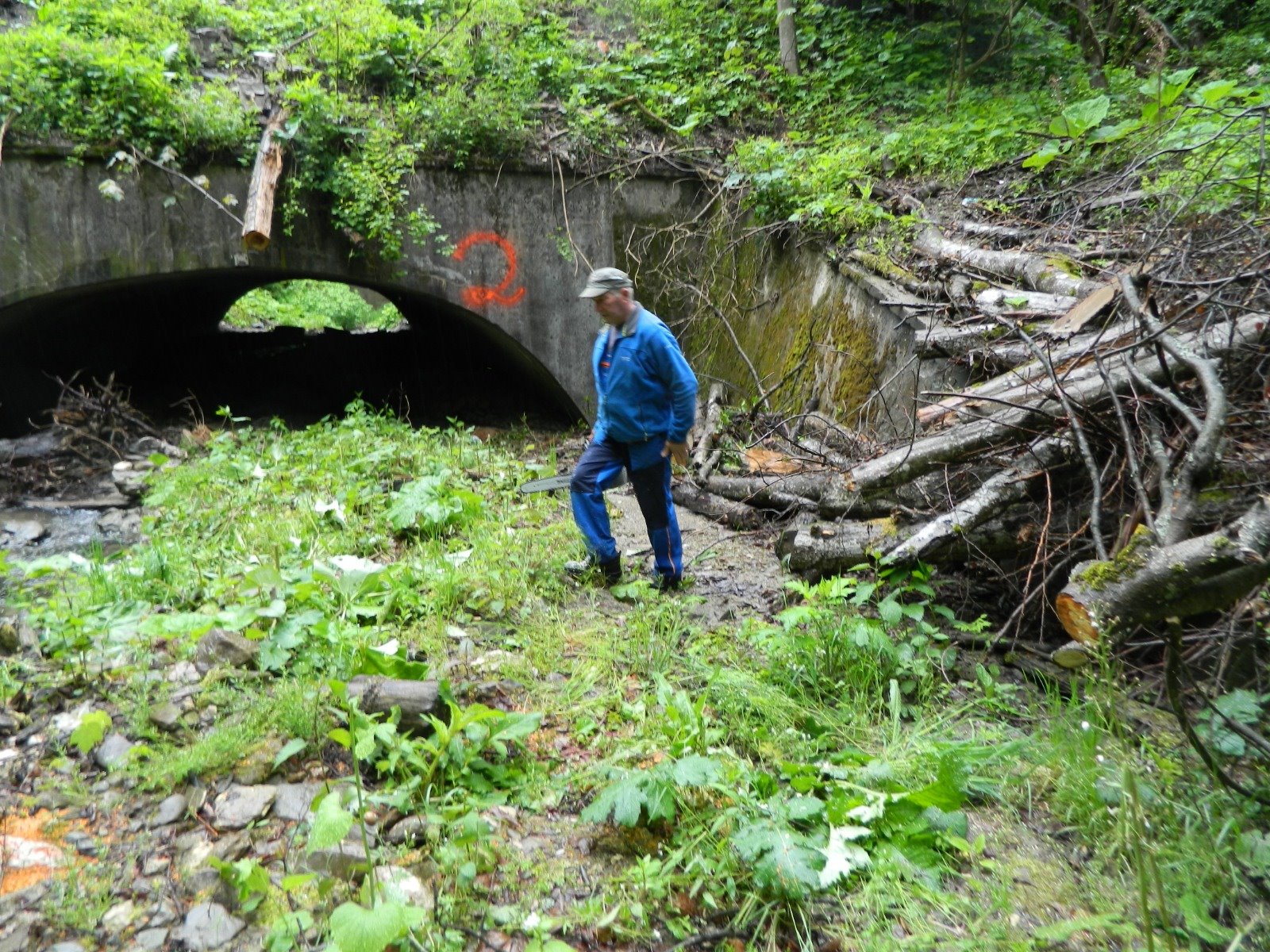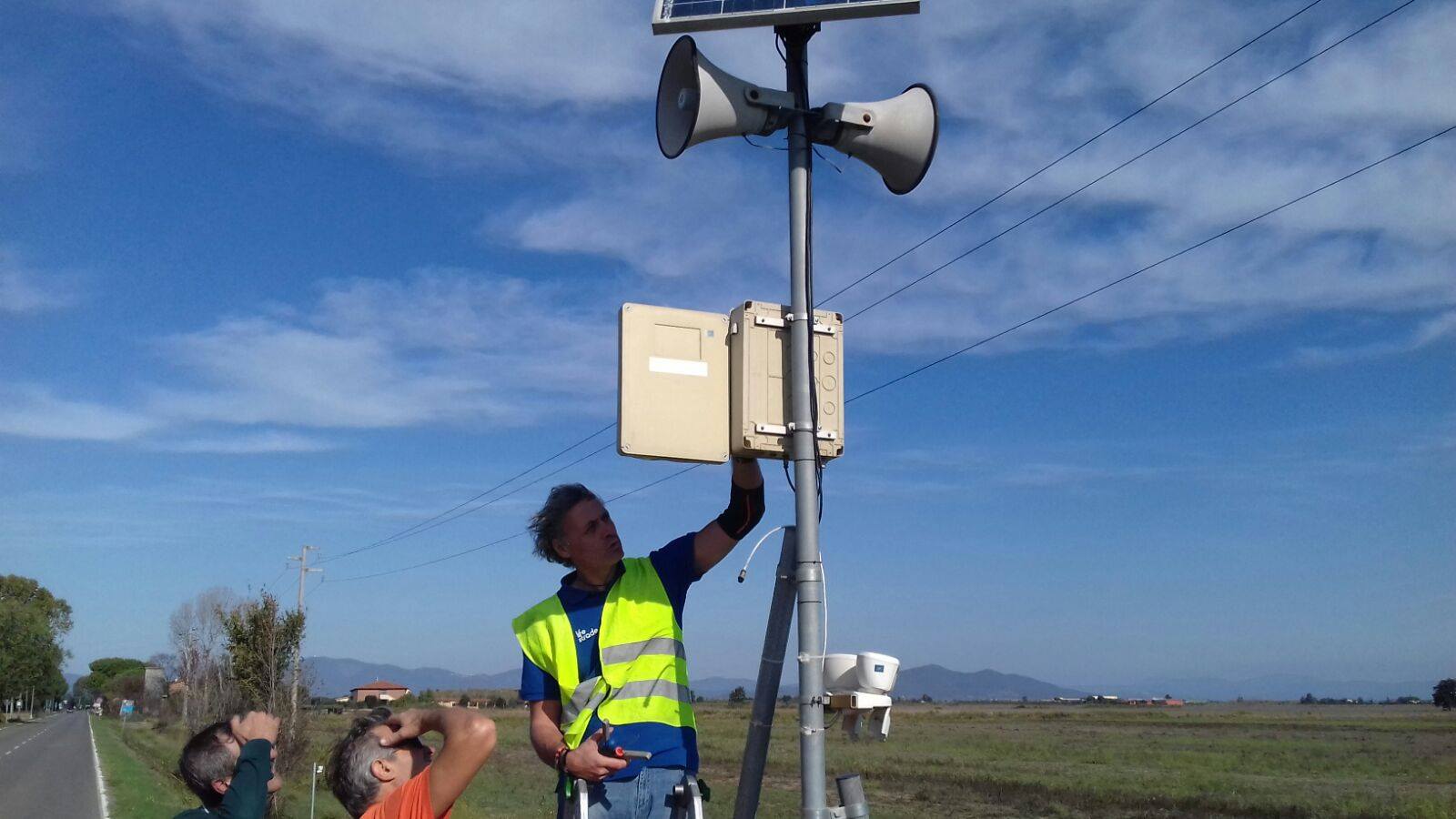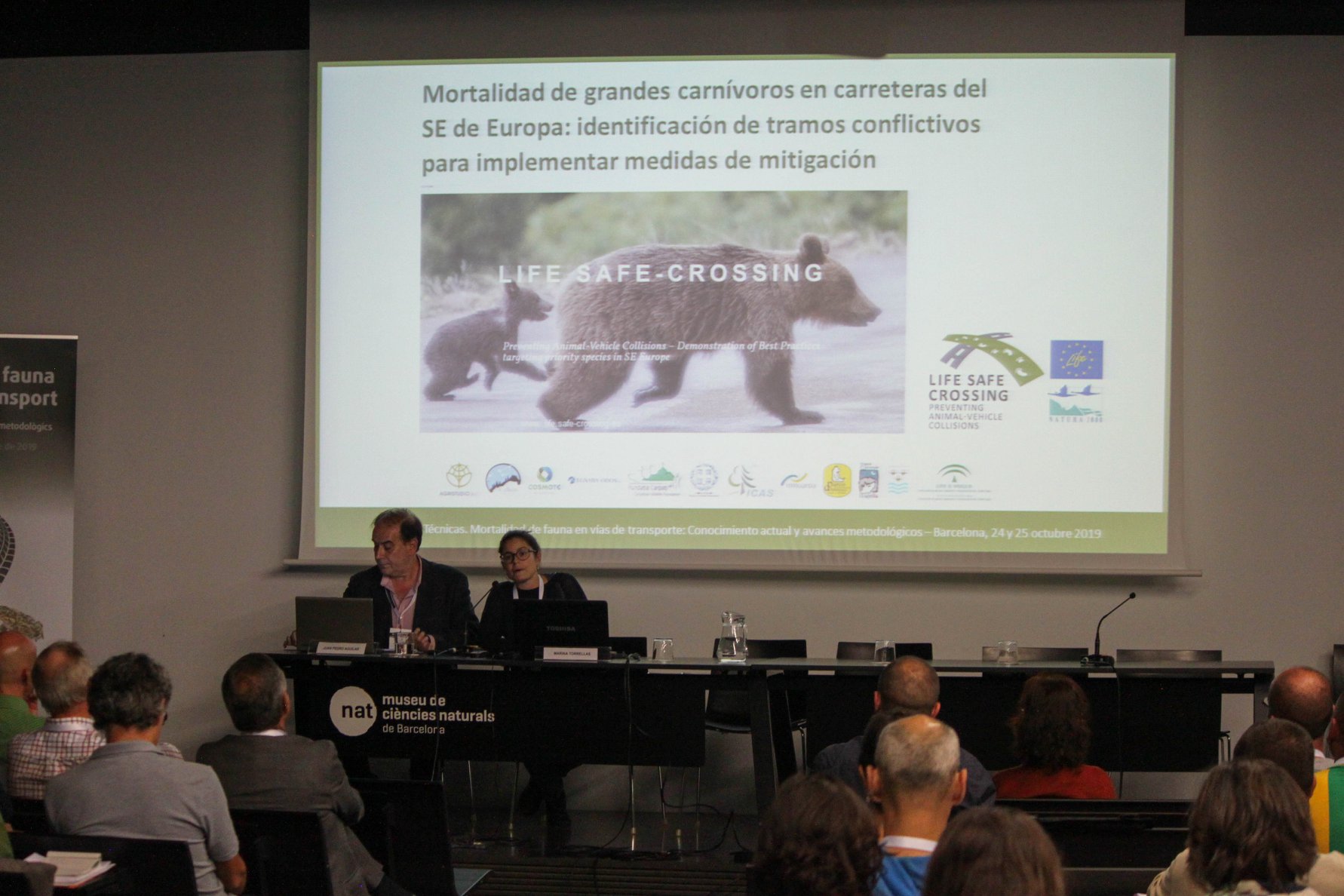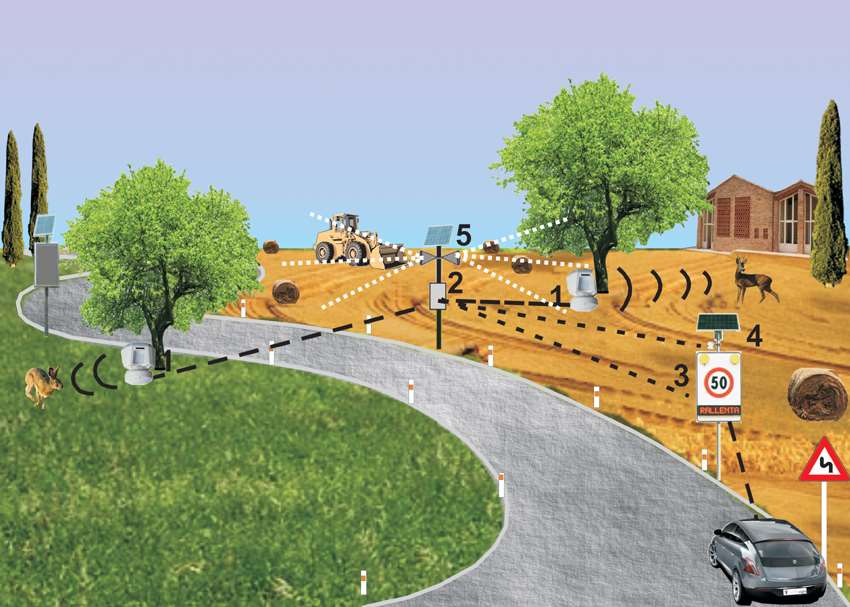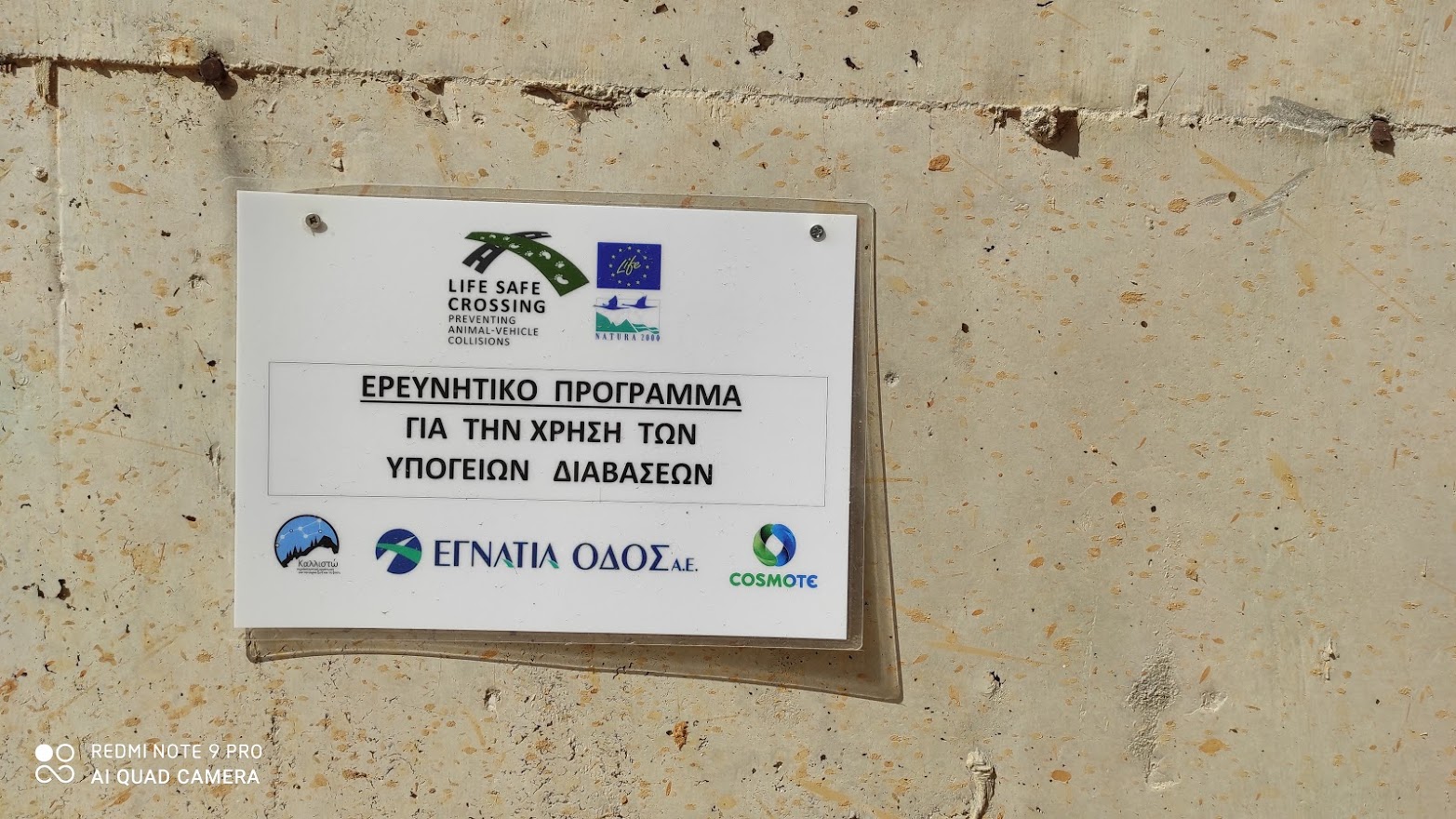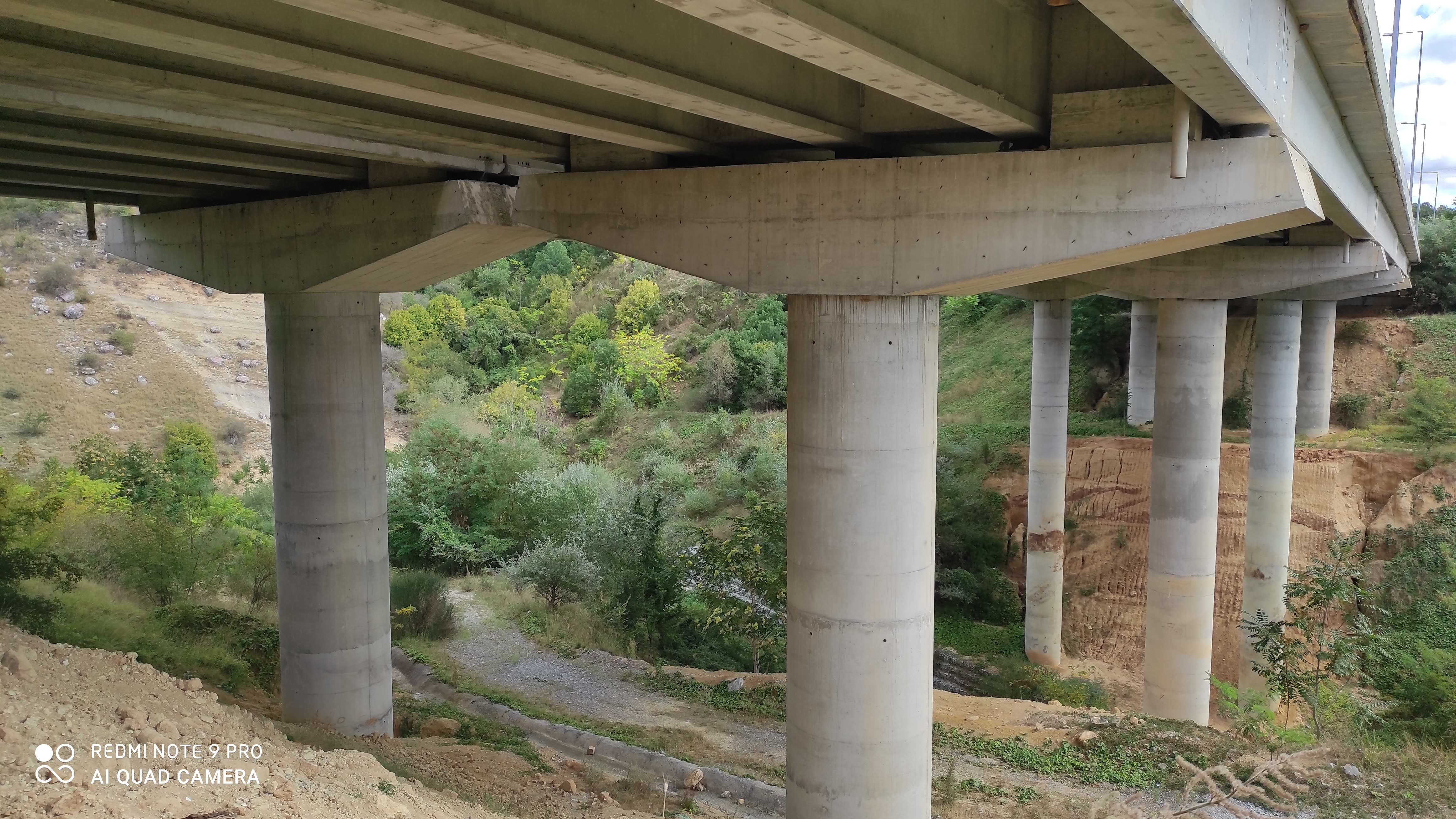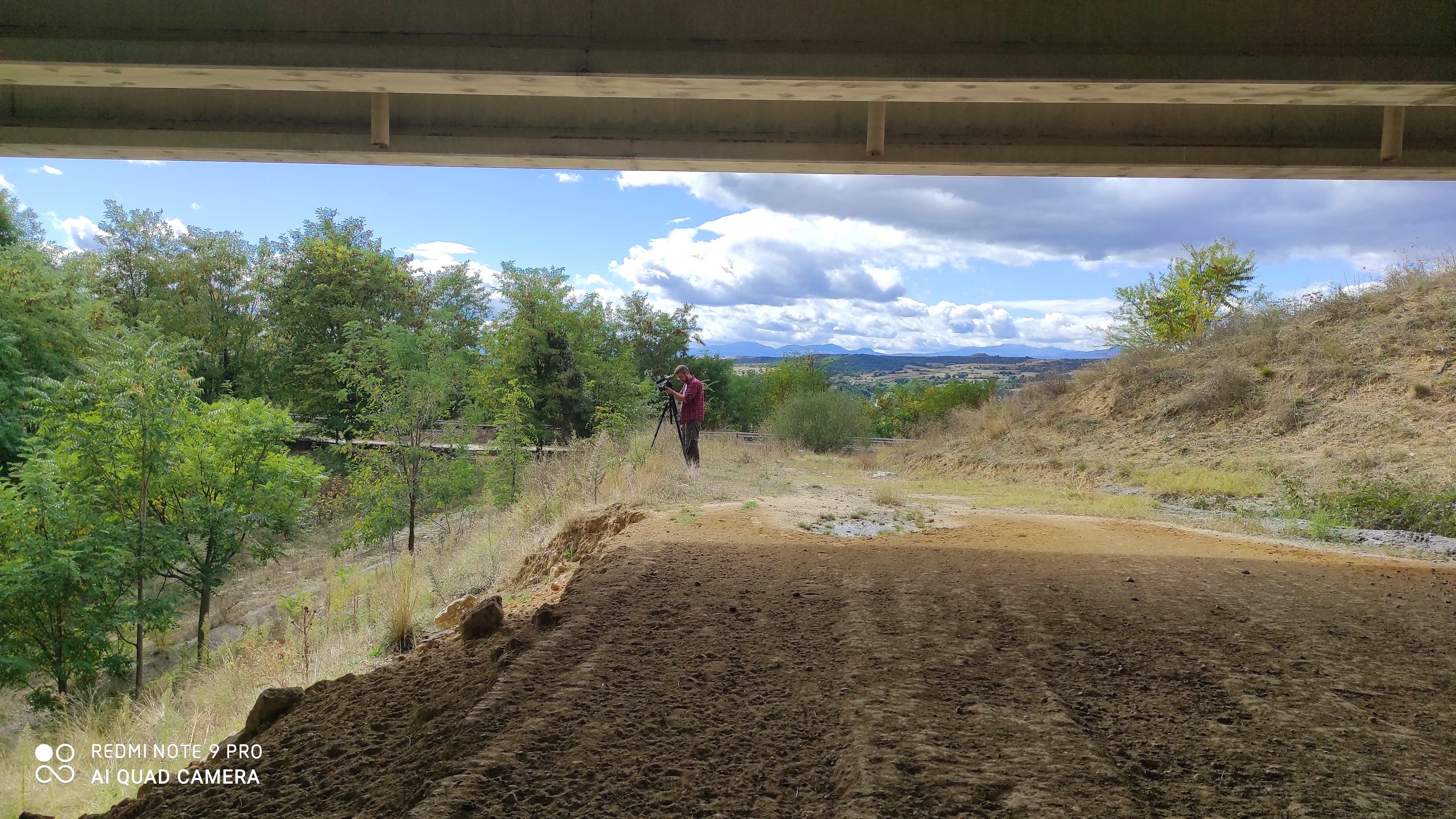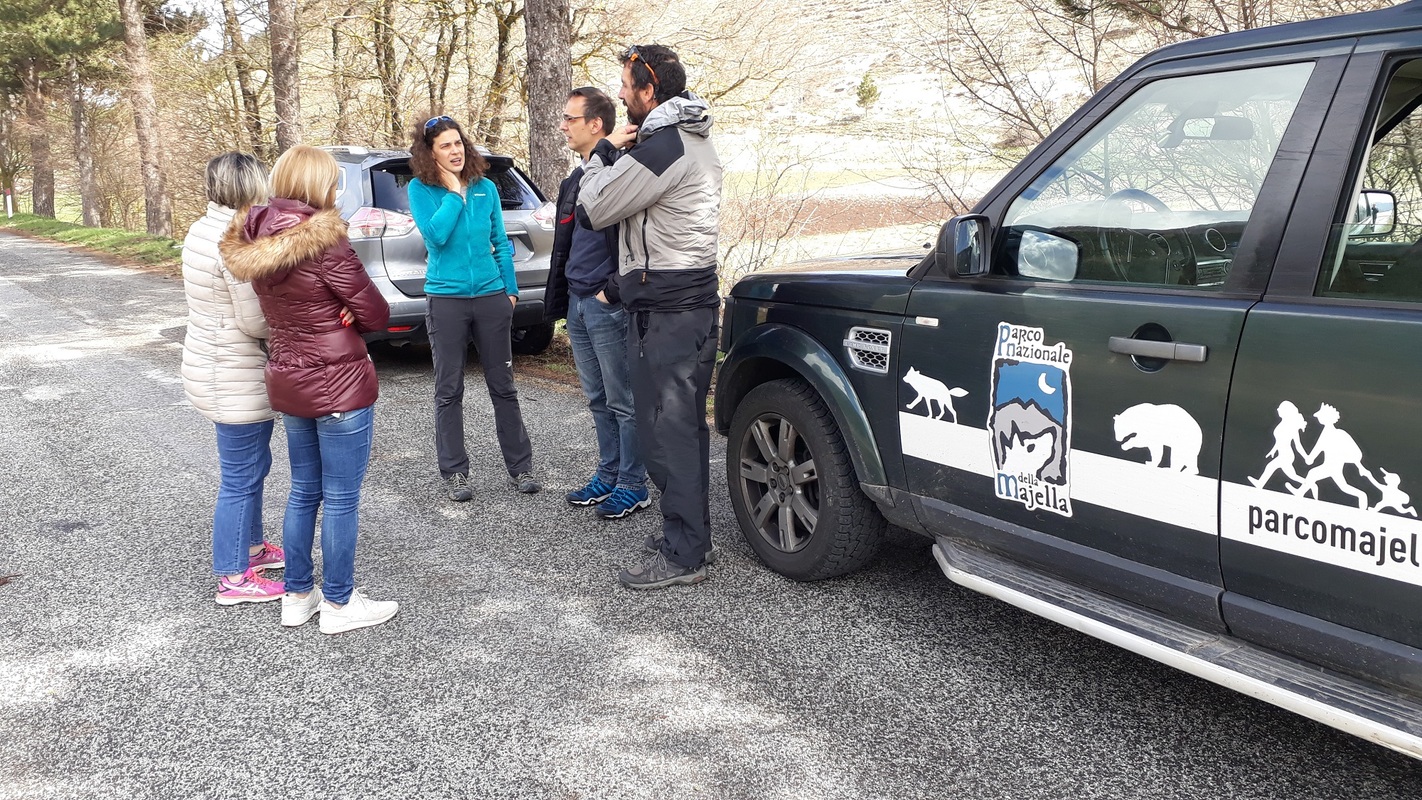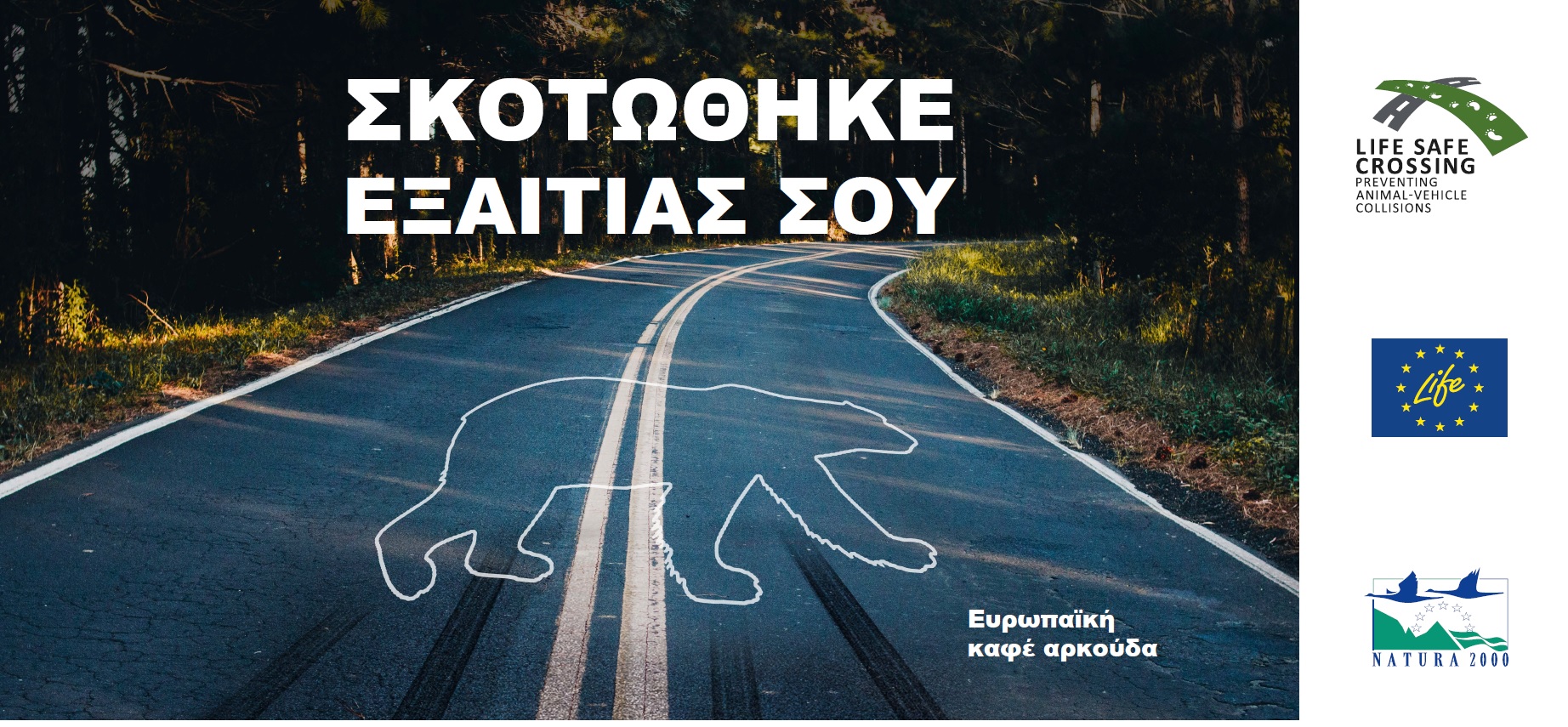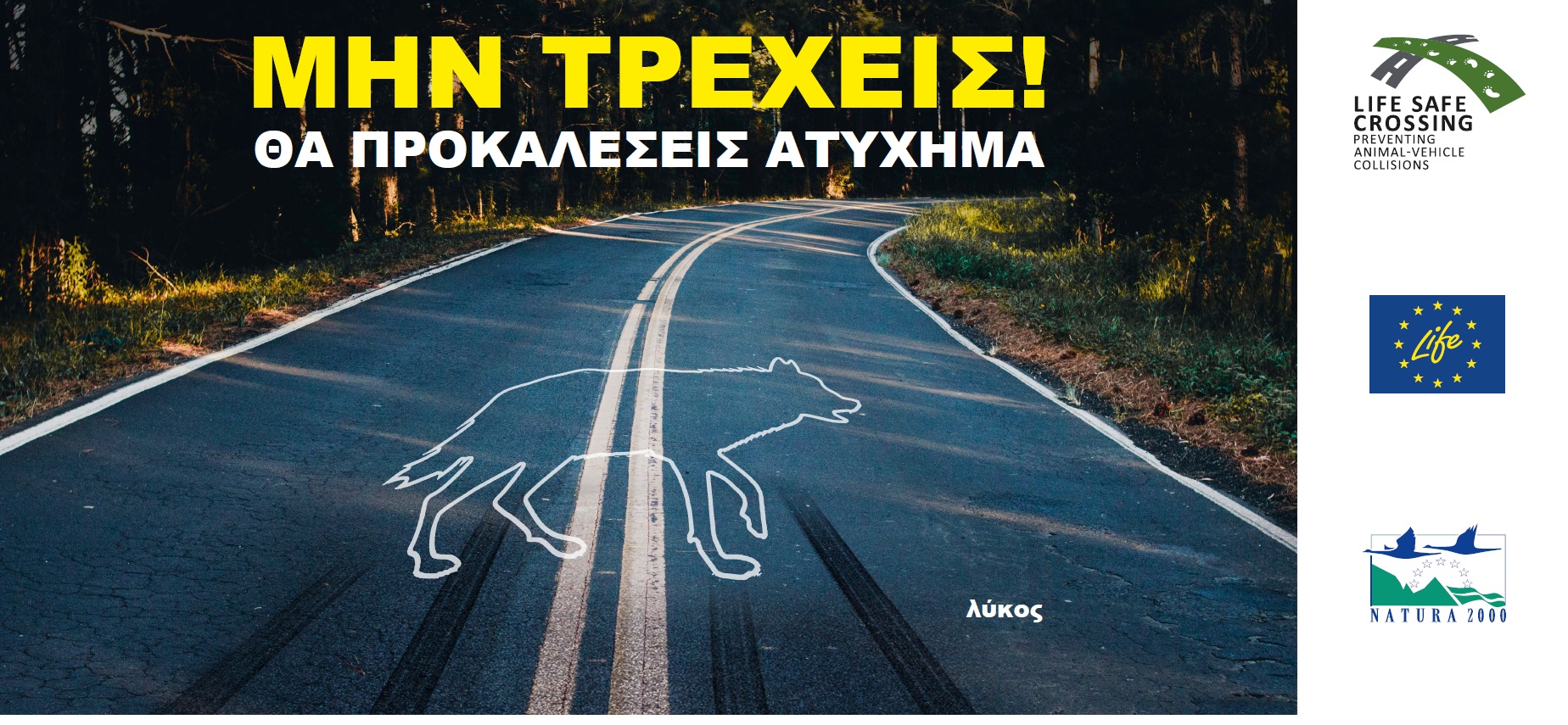May 2021 - LIFE SAFE CROSSING
Α) Identity of the project
| Title/ N° |
Preventing Animal-Vehicle Collisions – Demonstration of Best Practices targeting priority species in SE Europe LIFE SAFE CROSSING - LIFE17 NAT/IT/000464 |
| Duration |
01/09/2018 - 31/08/2023 |
| Budget |
Total eligible project budget: 4,222,170 Euro |
|
Beneficiaries |
Coordinator: Beneficiaries: |
| Location of activities |
Italy: Abruzzi, Umbria |
| Website | |
| Contact |
Annette Mertens: Project Manager This email address is being protected from spambots. You need JavaScript enabled to view it. |
Description/Aim
The project actions rely on the experience gained in a previous LIFE Project LIFE STRADE project (http://www.lifestrade.it/index.php/en/), LIFE11 BIO/IT/000072, during which an innovative tool for the prevention of Animal-Vehicle Collisions, was successfully installed in 17 sites in Central Italy.
The LIFE SAFE-CROSSING project aims at implementing actions to reduce the impact of roads on some priority species in four European countries: Marsican brown bear (Ursus arctos marsicanus) and wolf (Canis lupus) in Italy, Iberian lynx (Lynx pardinus) in Spain, and Brown bear (Ursus arctos) in Greece and Romania.
These species are severely threatened by road infrastructures, both by direct mortality as well as by the barrier effect.
The LIFE SAFE-CROSSING project aims at the following objectives:
- Demonstration of the use of the innovative Animal-Vehicle Collision (AVC PS) Prevention tools
- Reduction of the risk of traffic collisions with the target species
- Improve connectivity and favor movements for the target populations
- Increase the attention of drivers in the project areas about the risk of collisions with the target species
Β) Best Practices
In Greece, the implementation of the project provided the support needed to evaluate and enhance the Siatista-Kastoria motorway’s permeability. The first step was to record all potential wildlife passages, inspect and register their condition and relevant features (i.e. shape, surrounding landscape, evidence of use by wildlife) and identify obstacles to animal movement. Subsequently, after a thorough evaluation, we selected 45 structures to be monitored via solar-panel/battery powered cellular (4G) cameras. The monitoring system is supported by back-end infrastructure capable of passage visualization on the map along with associated information, automated camera snapshot/video storage, snapshot depiction and statistics per passage, etc. via a user-friendly graphic environment.
The innovative “neuromarketing” technique is being experimented in order to produce road signs specifically designed for raising awareness of drivers about the road kill problem and to encourage them to adopt an adequate driving behavior. A specific information campaign is carried out with the local driving schools, and a thematic video-game has been already developed to involve and attract young people.
The project involves 13 partners NGO, private companies and public bodies.
In Greece, project beneficiaries include a Regional Authority (Region of Western Macedonia), a public benefit construction company (EGNATIA ODOS SA), a commercial telecommunications company (COSMOTE) and an environmental NGO (CALLISTO).
The standardization of the methods and best practices can be used to be exported to other areas. Finally, the intense effort of awareness raising during the project will also increase the knowledge of the local communities and tourists about the Natura 2000 network.
C) Results
The implementation of the preparatory actions of the project contributed to the specification of the planning of the conservation and dissemination actions of the project and in the identification of the locations the informative and the specially designed road signs of the project should be placed. It also contributed to evaluate and suggest the locations where the innovative animal-vehicle collision prevention systems/tools (AVC PS) should be installed as a priority.
In parallel, interventions have been already initiated to safeguard the use and increase the attractiveness of the selected underpasses. These actions consist mainly of shrubby vegetation plantations and removal of ground material that has downsized/blocked the passage due to mud deposits.
Actions similar to those implemented by the project can be replicated in other areas where increased traffic accidents and animal kills from vehicles are recorded, whether they involve large carnivores (bear, wolf) or other species of wildlife. The same applies to existing structures on other fenced highways, which can be used as underpasses and wildlife crossings after proper maintenance and improvement of their permeability.
The next milestone of the project implementation is the placement of information and specially designed road signs in the project implementation areas and the installation of the innovative animal-vehicle collision prevention devices (AVC PS). In Greece, it is planned in 2021 the installation of 6 information and 38 specially designed road signs, as well as the installation and commissioning of six (6) innovative devices for the prevention of collision animals-vehicles. This will be followed by monitoring the effectiveness of the project management actions and various informative actions for the dissemination of the results and the reproduction of the project results.
Presentation:
“LIFE SAFECROSSING in Greece: Analysis and mapping of crossing structures on highway A29 and activities to enhance connectivity through interventions on underpasses and road sides”
Videos:
https://www.youtube.com/watch?v=yCt0HNOXdio
https://www.youtube.com/watch?v=MY1Ea4Ym68Q



